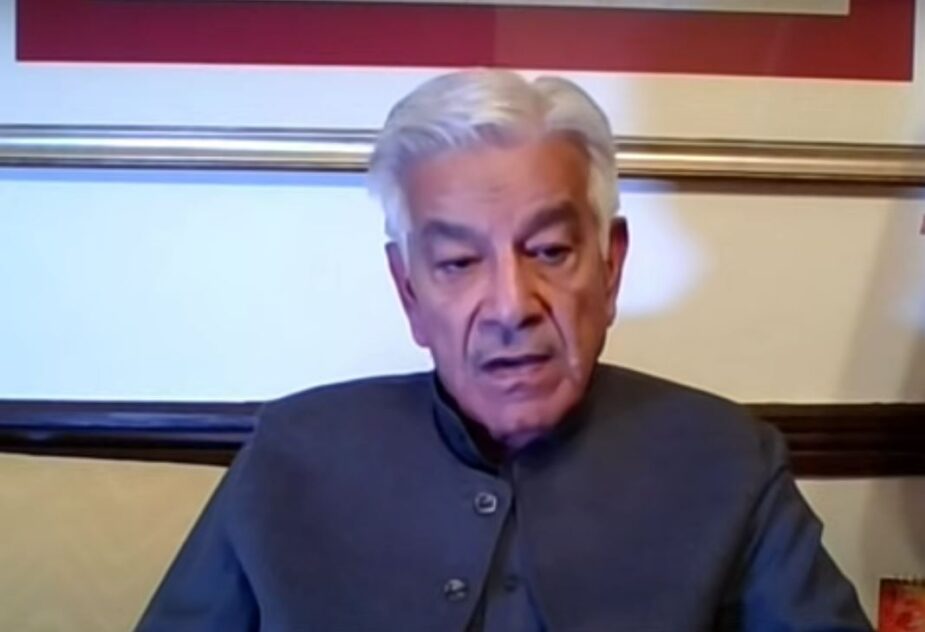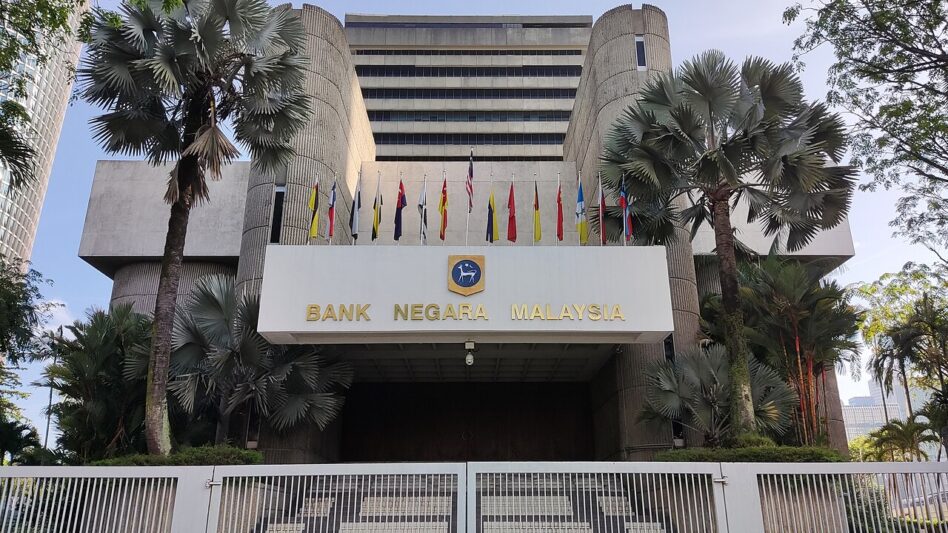By Emmanuel Samarathisa
KHAZANAH Nasional Bhd’s management has been pushing for low-cost airline AirAsia Group Bhd (AAGB) to merge with Malaysia Airlines Bhd (MAB), but admitted the move would result in “high execution risks”, according to an official document sighted by FocusM.
The other credible deal of the four proposals appears to be from Japan Airlines Co Ltd which proposed a RM1.12 bil injection of funds for a 25% stake and a proposal for KLIA to become a hub for Japan Airlines.
The document detailed four proposals vetted by the sovereign wealth fund in finding a strategic partner for Malaysia Aviation Group Bhd (MAGB), the parent company of ailing flag carrier MAB.
According to the document, the shortlisted names were: AAGB, JAL, Air France-KLM SA and Malindo Airways Sdn Bhd. But the frontrunners were AAGB and JAL.
These were the bids that Economic Affairs Minister Datuk Seri Mohamed Azmin Ali, who is also on the Khazanah board, stated on Dec 21 were not attractive enough and would be reviewed. Khazanah managing director Datuk Shahril Ridza Ridzuan added that the fund could not settle on a potential investor.
It is understood that the fund is expected to decide on a strategic investor by April this year, including the execution of a term sheet. By June, the fund and strategic partner is expected to execute the definitive agreements. A public announcement of the April decision would only happen “if required.”
Prime Minister Tun Dr Mahathir Mohamad today announced that there had been five proposals, according to a Reuters report. The identity of the fifth bidder can’t be ascertained at the time of writing.
Khazanah’s management said that a merger between MAB, AAGB and its long-haul sister AirAsia X (AAX) should be the way forward. The reasons were that the fund deemed the consolidation as the best foot forward in resolving domestic industry capacity, thus placing MAB on a more financially sustainable path.
Khazanah wagered this could be realised through “meaningful merger synergies” which the fund projects would bring in RM1.45 bil per year, a quantum set by a third-party consultant, presumably Morgan Stanley. Khazanah hired Morgan Stanley on July 23 last year to explore strategic options for MAB.
Further, Khazanah wanted to push for a merger between the two AirAsias and MAB which would, in turn, be a listed entity. The caveat: Khazanah becomes a minority shareholder of a larger and listed airlines group. Essentially, this means that MAB will be sold and managed under AAGB’s fleet of aircraft.
The fund believed that such a union would create not only a Malaysian champion but an Asean champion. More importantly, there is the opportunity to repair MAB and the market’s over-capacity situation and achieve economies of scale, the document said.
The proposal was not found to be favourable by the Khazanah board as announced by Azmin. But the fund was pushing for a merger without the AirAsia group providing a detailed proposal on the valuation of MAGB’s stake. Also missing from the proposal was any mention of revenue management which is a crucial element of any airline.
More importantly, Khazanah admitted that while it seemed the proposal was “commercially viable”, it had the “highest execution risk.” These “execution” challenges include bridging corporate cultures of MAB and AAGB/AAX as well as regulatory hurdles such as being flagged for anti-trust laws as a giant merged company consisting of MAB, AAGB and AAX would effectively crowd out competition.
It is also understood that AAGB requested a list of exemptions that would have to be borne by Khazanah should both AirAsias buy MAB, including giving up the golden share.
Under the Japan Airlines proposal, MAB will continue to have Khazanah as a major shareholder as well as the government through its golden share. And, unlike AAGB/AAX, the JAL proposal broached the topic of revenue management but did not go into further detail as such as revenue per available seat kilometre (RASK) projections.
In the document, the fund said the JAL partnership would only bring “modest synergies” which are insufficient to break even, according to Khazanah’s estimates. JAL estimated a figure of RM138 mil-RM359 mil per year from synergies but did not give a figure for revenue management.
Khazanah deduced that unless further synergies with JAL could be “uncovered” as part of the business plan, it would be better to go with AAGB, regardless of regulatory hurdles.
This is not the first time an AAGB and MAB merger had been on the cards. In 2011, Khazanah and then AAGB’s parent Tune Group brokered a deal that would see Tune owning 20.5% of MAB and Khazanah 10% of AAGB. The deal was aborted in 2012 after public outcry. – Jan 20, 2020









